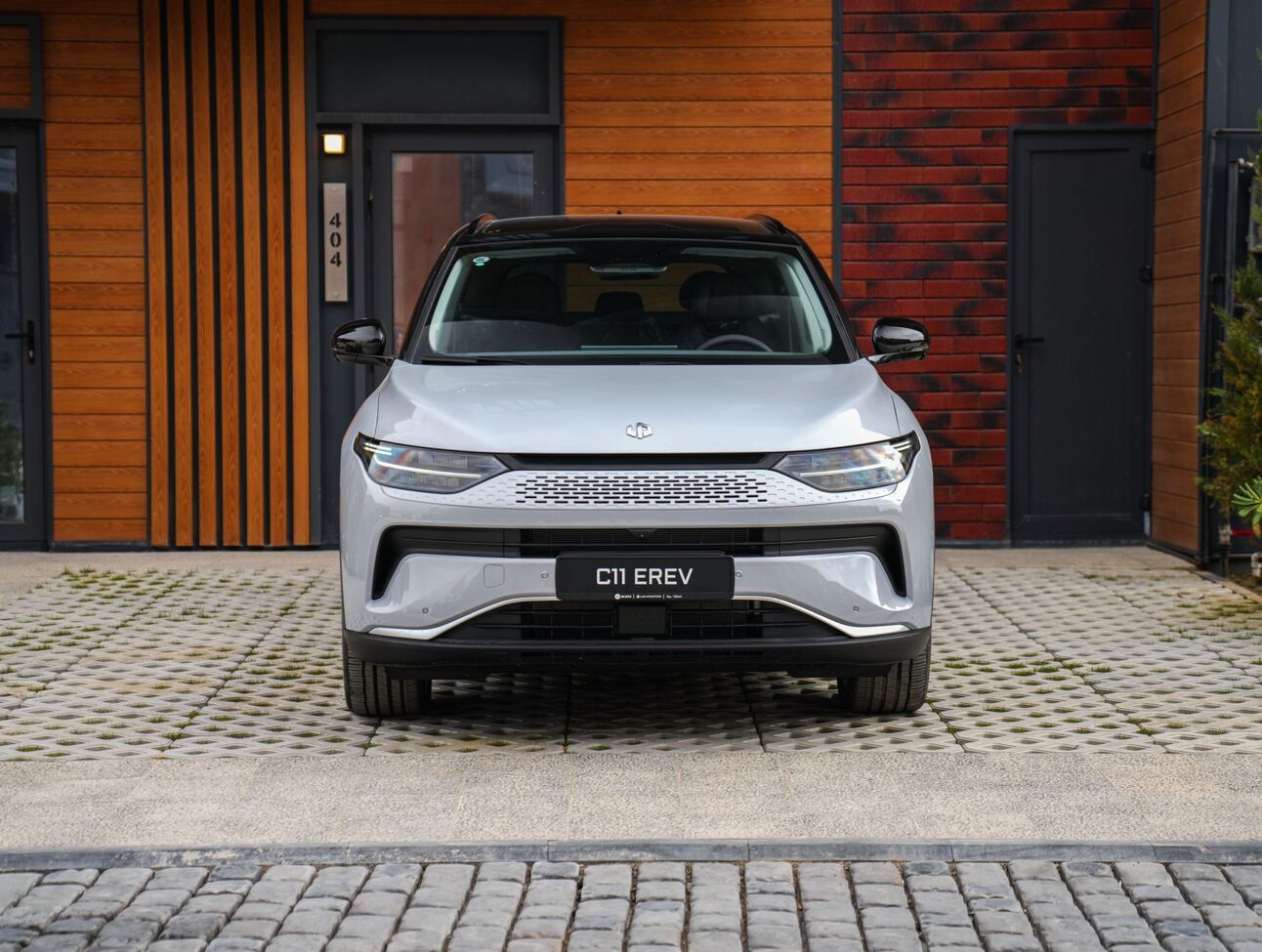
Copyright: scotomania / Shutterstock
Speed, volume, recalibration. Five months into 2025, China’s NEV champions are shifting gears—but not all in the same direction.
In this week’s edition, we take a closer look at the latest delivery data across major brands and sub-brands. From BYD’s relentless volume machine and Xiaomi’s clean launch playbook to Nio’s sub-brand shuffle and Leapmotor’s breakout run backed by Stellantis—there’s no single formula for success. What’s clear, though: scale remains a story of adaptation, not just acceleration.
Xpeng is betting big on affordable autonomy. Li Auto is doubling down on large-format SUVs while revising targets. Zeekr continues its premium push amid IPO ripples and a looming Geely buyout. And even GWM, often overlooked, is steadily expanding its NEV footprint.
The result? A high-stakes market where fast isn’t always first—and first doesn’t always mean future-proof.
Let’s dive in.
Sebastian
China NEV Sales Signal Market Maturity in Motion
From January through May 2025, China’s NEV sector continued its dynamic transformation. Sales surged for some, stalled for others, and structural shifts began to show their impact. Here’s a brand-by-brand breakdown of the leading players over the first five months of the year—based exclusively on reported delivery figures and insurance registration estimates.
BYD
As the undisputed volume leader, BYD sold over 344,000 passenger NEVs in May alone, pushing its year-to-date total above 1.6 million units. The Ocean series, including hits like the Seagull and Dolphin, showed strong YoY growth, while the Dynasty series declined slightly.
Seagull: 60,131 units in May (+70 percent YoY)
Qin family: 46,746 units
Sealion family: 33,790 units, led by the new Sealion 07 EV
Yuan family: 31,711 units
Seal: 25,587 units
Han: 21,672 units
Dolphin: 18,280 units
In the premium space:
Denza: 15,806 units in May (+29 percent YoY), approx. $940 million YTD
Fang Cheng Bao: 12,592 units in May (+418 percent YoY), driven by Tai 3 and Bao 5
Yangwang: 139 ultra-luxury units sold in May, including the U8 SUV and U9 supercar
Despite a slight MoM decline in May, BYD remains the most structurally diversified player in the Chinese NEV market—strong in budget, mid-premium, and luxury segments.
Great Wall Motor (GWM)
GWM’s NEV business gained traction in 2025, with 124,009 NEVs sold from January through May, representing a 16.7 percent YoY increase. NEVs now account for nearly 32 percent of its total vehicle sales.
In May alone, GWM sold 32,638 NEVs, up 13.3 percent from April, marking its highest monthly NEV figure to date. Estimated revenue through May stands at $2.85 billion, assuming an average NEV ASP of $23,000.
The company's momentum stems from strong showings across multiple brands including Haval, Tank, and Ora, although specific model breakdowns remain limited.
Leapmotor
With 173,658 vehicles delivered YTD, Leapmotor posted the highest year-on-year growth rate among Chinese EV makers at 160.83 percent. May marked a new record with 45,067 vehicles delivered, surpassing the previous December 2024 peak.
Strong launches, including the B10 compact SUV and 2026 C10, are driving momentum.
Backed by Stellantis, Leapmotor’s dual strategy of BEV and EREV offerings is proving effective across multiple price segments.
Li Auto
Li Auto delivered 167,659 vehicles in the first five months of 2025, representing an 18.7 percent YoY increase. May deliveries rebounded strongly to 40,856 units, up 20.4 percent from April.
The brand will soon expand its all-electric portfolio with the Li i8 and i6 SUVs, signaling a transition toward pure EVs while staying committed to large-format vehicles.
Nio Inc.
Across its three brands—Nio, Onvo, and Firefly—Nio Inc. delivered 89,225 vehicles YTD, a 34.75 percent YoY increase.
Nio main brand: 59,852 units (−9.6 percent YoY)
Onvo: 25,462 units since launch in September 2024
Firefly: 3,911 units, with May being the first full month of deliveries
May saw major model updates (ET5, ET5T, ES6, EC6), which temporarily slowed deliveries. However, product revitalization is expected to boost H2 performance. Onvo and Firefly are now critical to Nio’s volume strategy.
Xiaomi EV
Xiaomi maintained solid momentum with over 28,000 vehicles delivered in both April and May, bringing YTD volume to at least 84,000 units. The SU7 is currently Xiaomi’s only vehicle on sale, with the YU7 SUV set to launch in July
Xiaomi’s rapid network expansion and early product success have established it as a serious contender in the mid-premium EV space.
Xpeng
Xpeng delivered 162,578 vehicles YTD, a staggering 293 percent YoY increase. May volume reached 33,525 units, down slightly from April, but still marking the seventh straight month above 30,000.
Key driver: Mona M03 sedan, with strong interest in the Max variant featuring advanced ADAS
New models: G7 SUV in June, new P7 sedan in July-August
Xpeng continues to differentiate through affordable autonomy and feature-rich offerings in the $18,000–$30,000 segment.
Zeekr Group (Zeekr + Lynk & Co)
Zeekr Group delivered 201,865 vehicles from January to May, up 19.22 percent YoY.
Zeekr brand: 74,038 units (+9.26 percent YoY)
Lynk & Co: 127,827 units (+25.86 percent YoY)
With its recent IPO and Geely’s bid for privatization, Zeekr is at a strategic crossroads. Operationally, it continues to scale effectively—posting its third consecutive month of MoM growth in May.
Thanks for reading and being part of this journey. If the content resonated with you, I’d be genuinely grateful if you passed it along to colleagues, friends, or anyone who shares an interest in the future of mobility.

Sebastian, Founder of China EV Pulse

